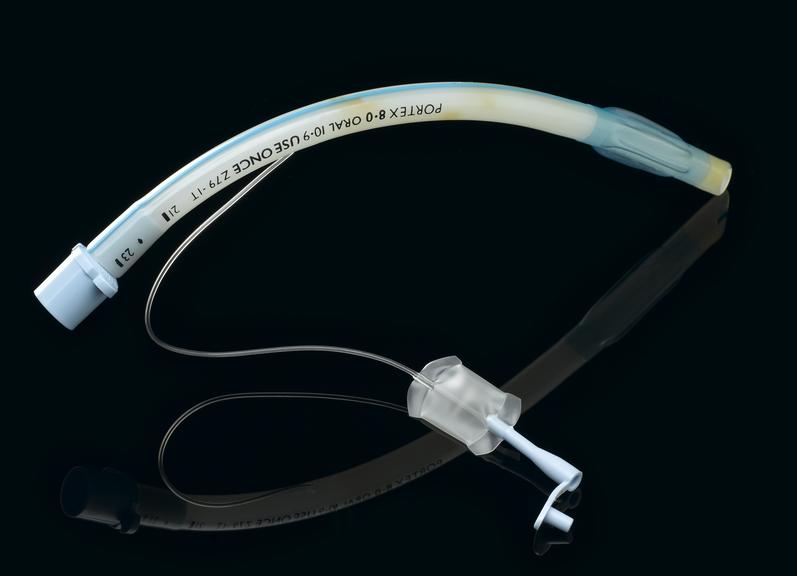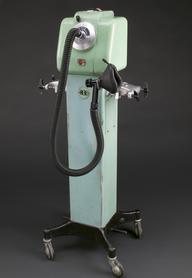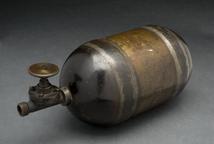


Endotracheal tube, cuffed, plastic, by Portex, England, 1981
An endotracheal tube is inserted into the trachea to keep the airway open during surgery and provide oxygen to the body. After the tube has been inserted into the trachea – either through the nose, mouth or by a tracheotomy – the cuff is inflated. The inflated cuff anchors the tube in place and gives an airtight seal so the correct volumes and pressures of oxygen are delivered to the lungs. Because the patient is anaesthetised, he or she cannot rely on the body’s natural reflex to prevent mucus and vomit entering the lungs via the trachea, so the inflated cuff provides a barrier.
To insert an endotracheal tube correctly takes skill and practice and if inserted through the mouth a laryngoscope is needed to move the vocal cords out of the way. Made by Portex, this plastic tube was designed to be disposable to prevent the spread of infection.
Details
- Category:
- Anaesthesiology
- Object Number:
- 1981-1782
- Materials:
- plastic
- Measurements:
-
overall: 16 mm x 256 mm x 92 mm, .01kg
- type:
- endotracheal tube
- credit:
- Skinner, J.




